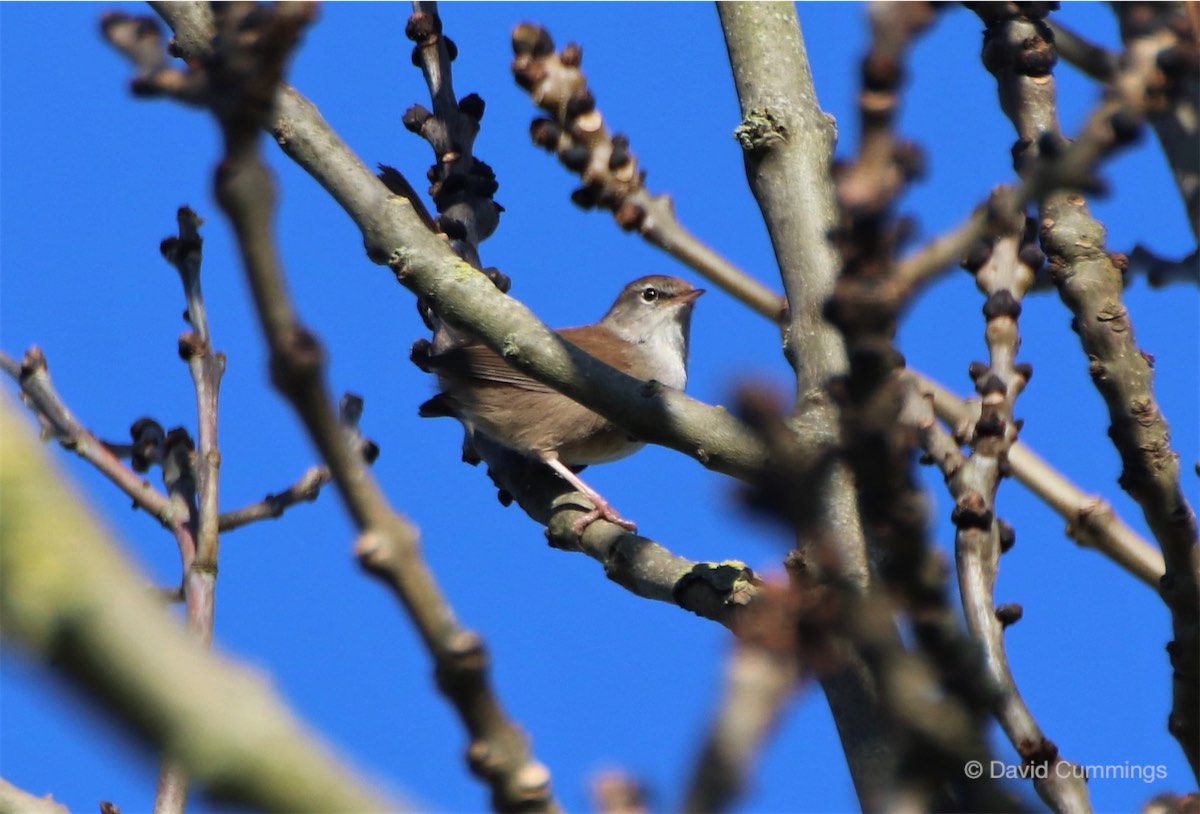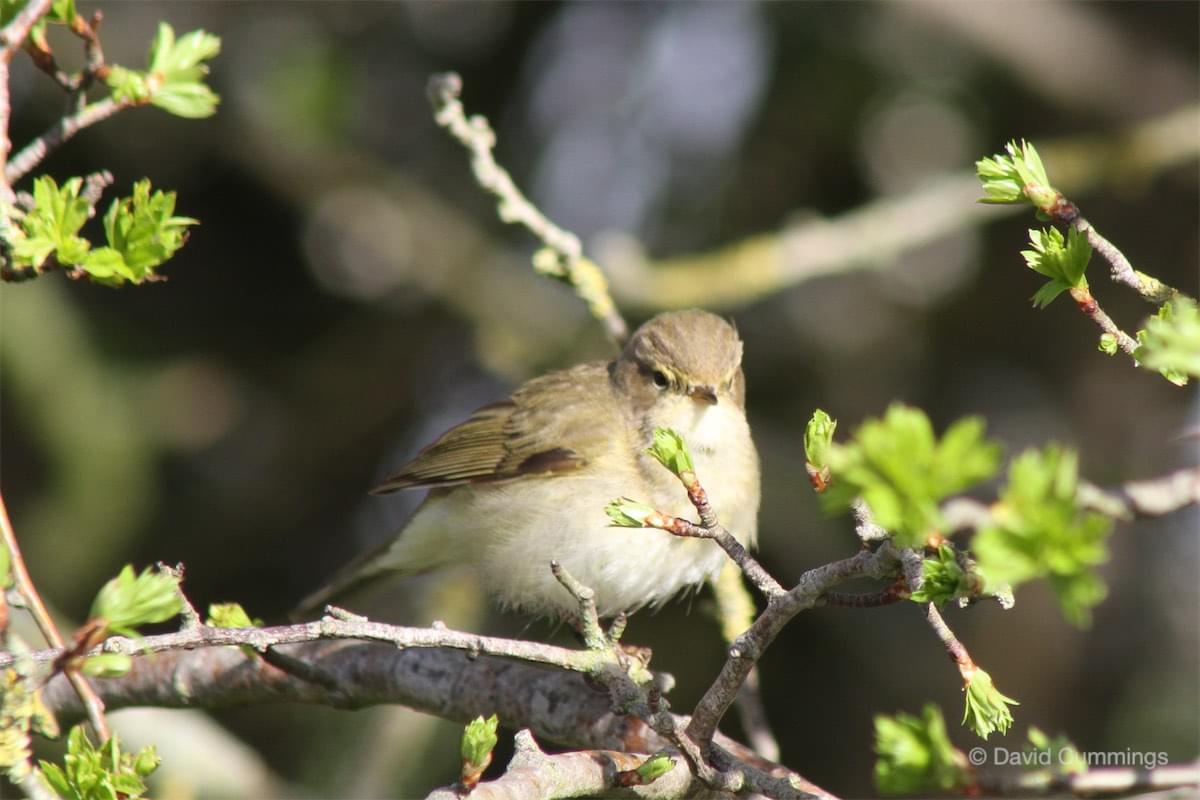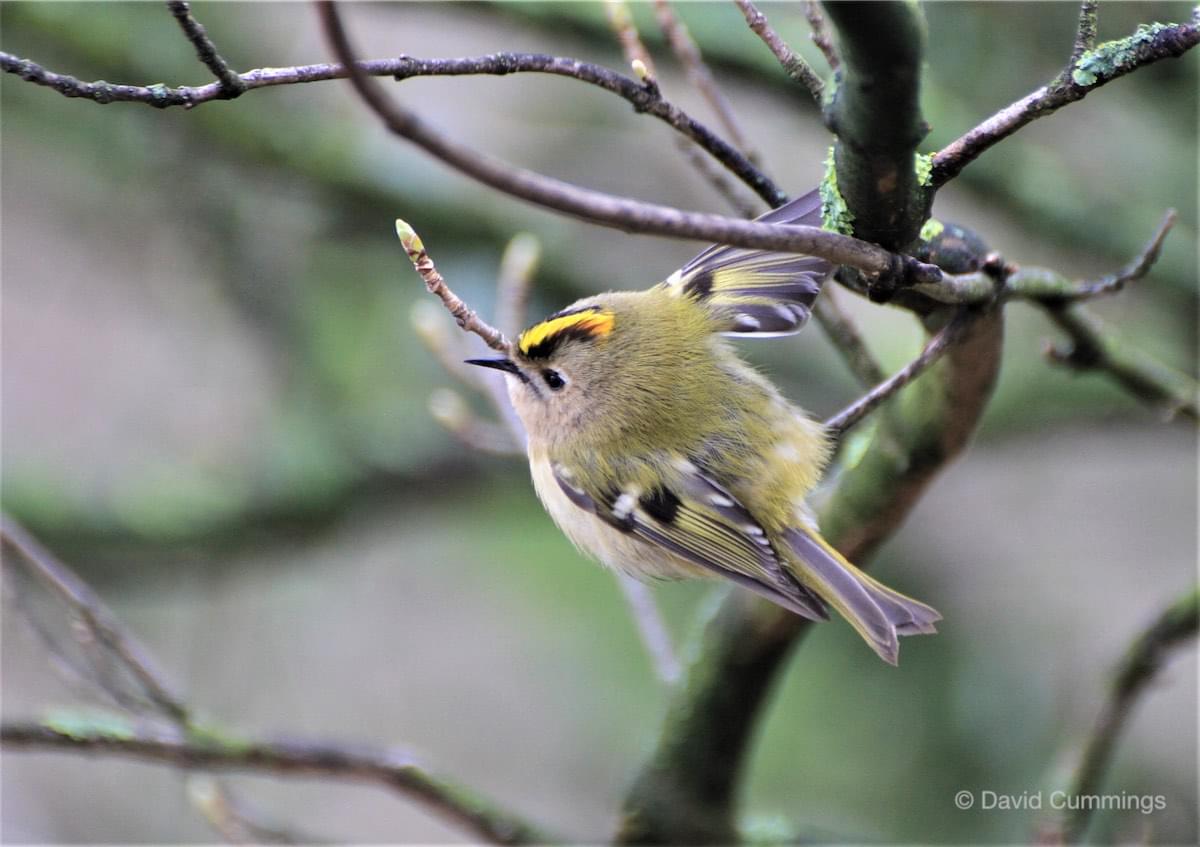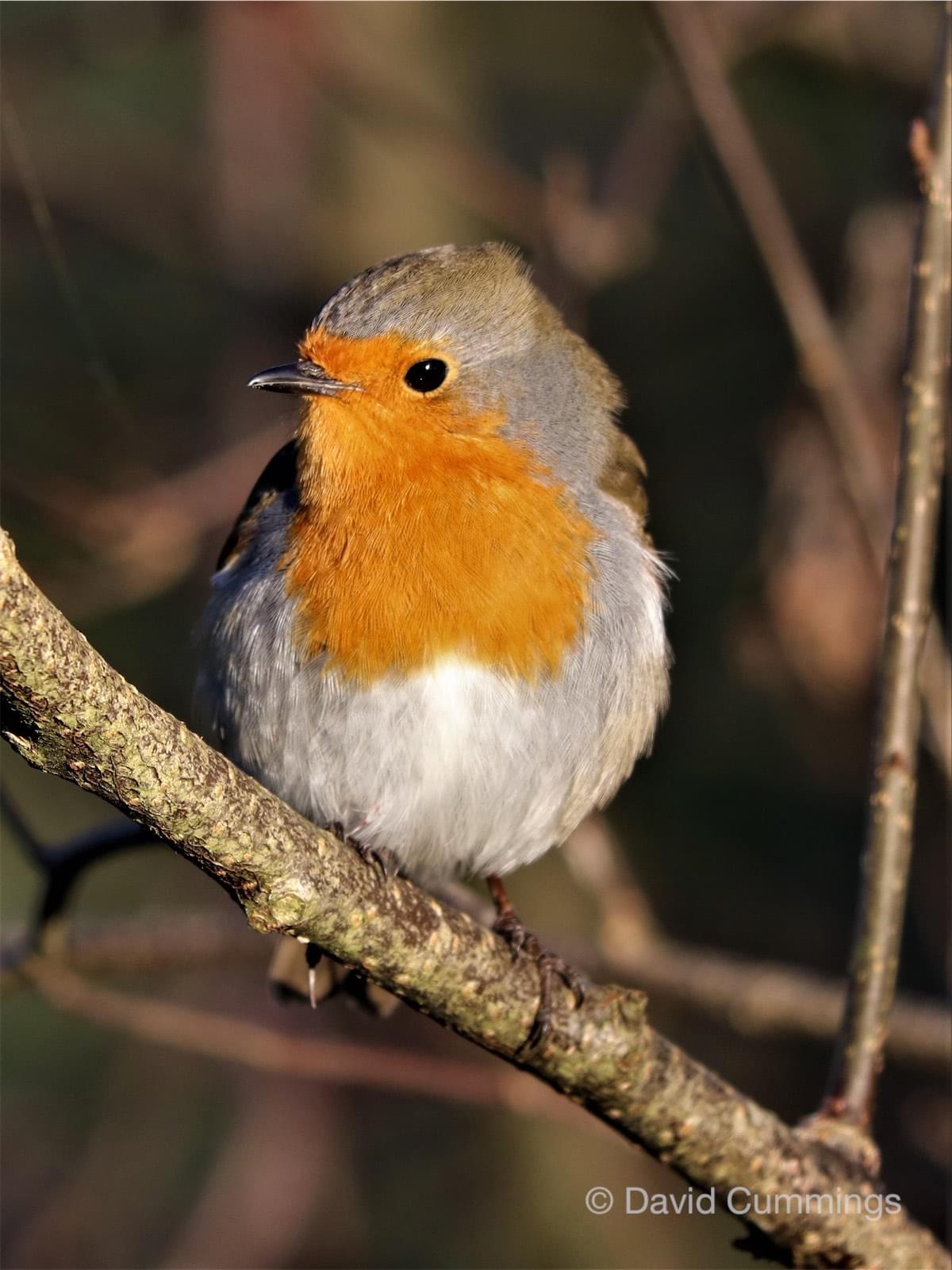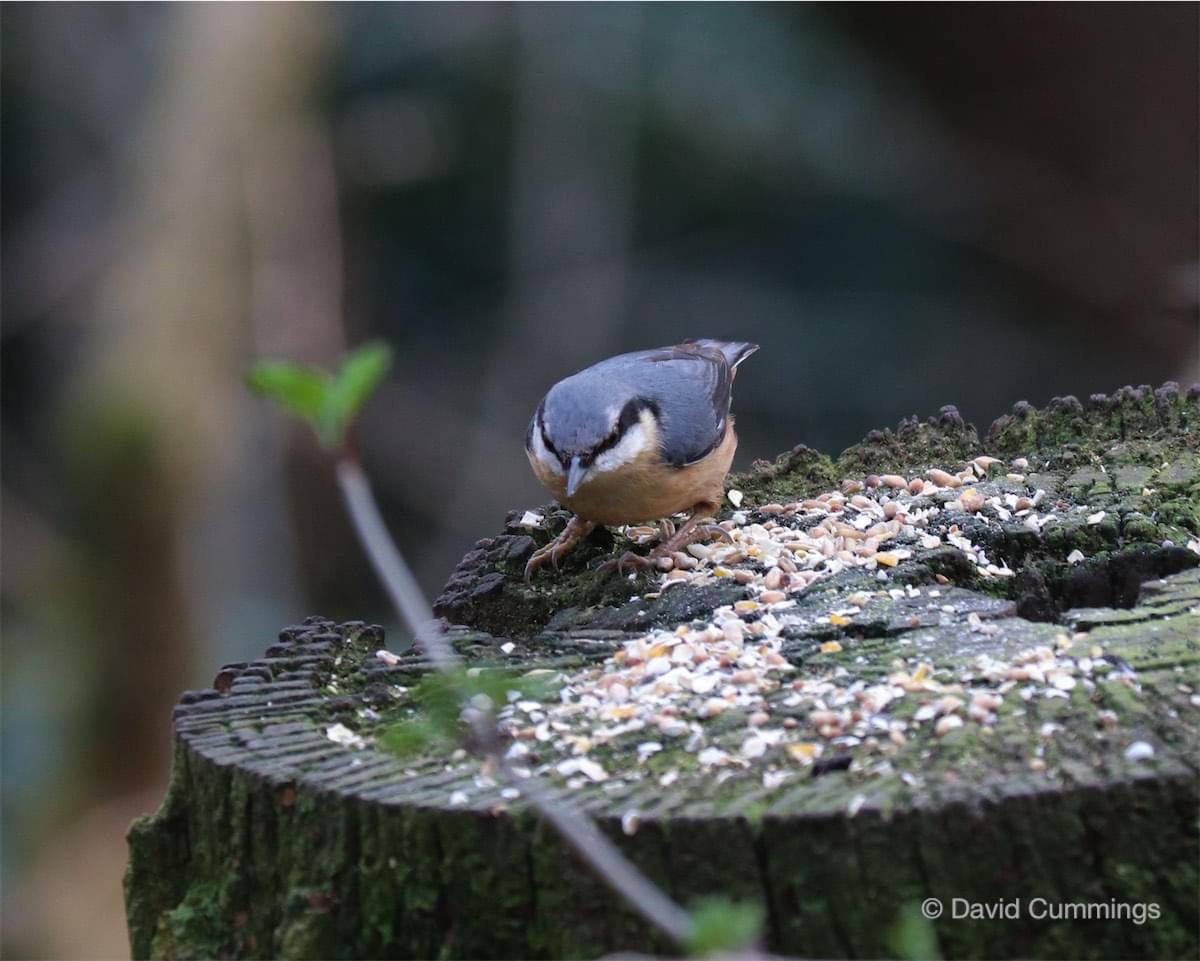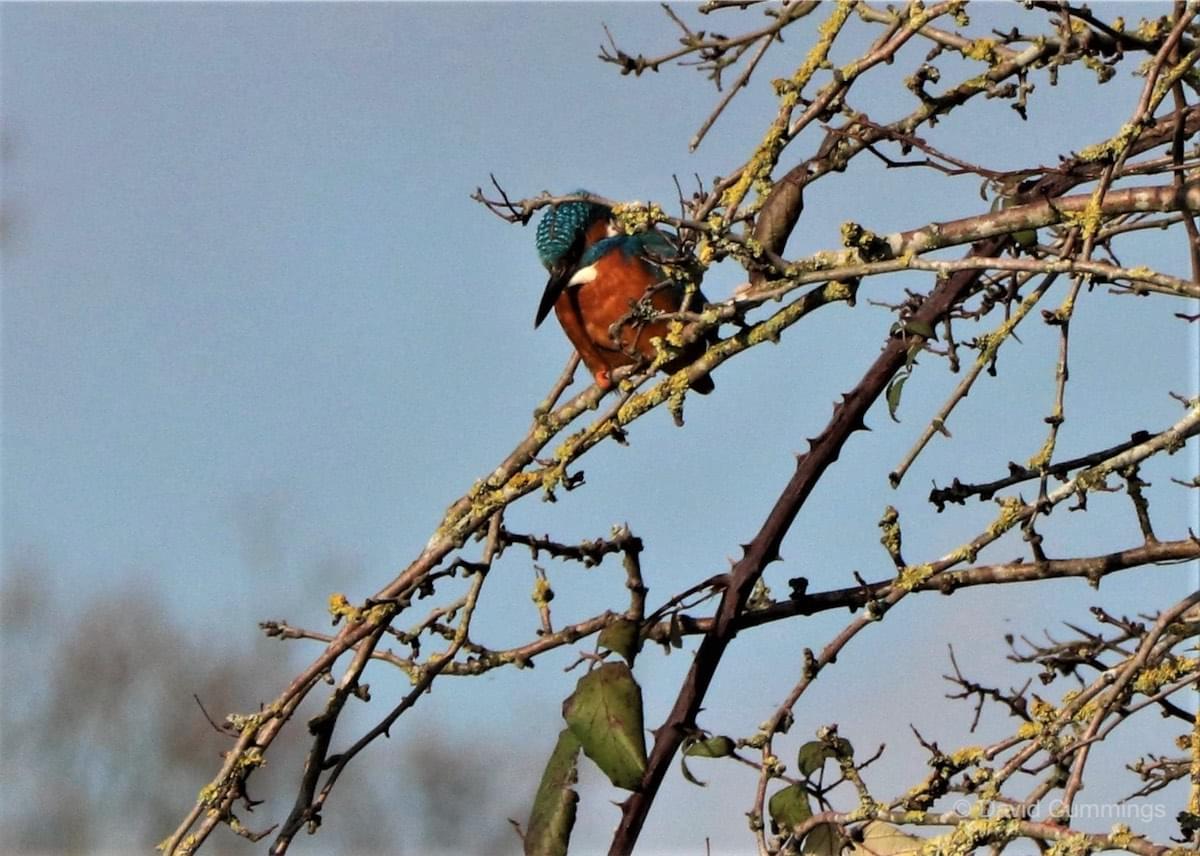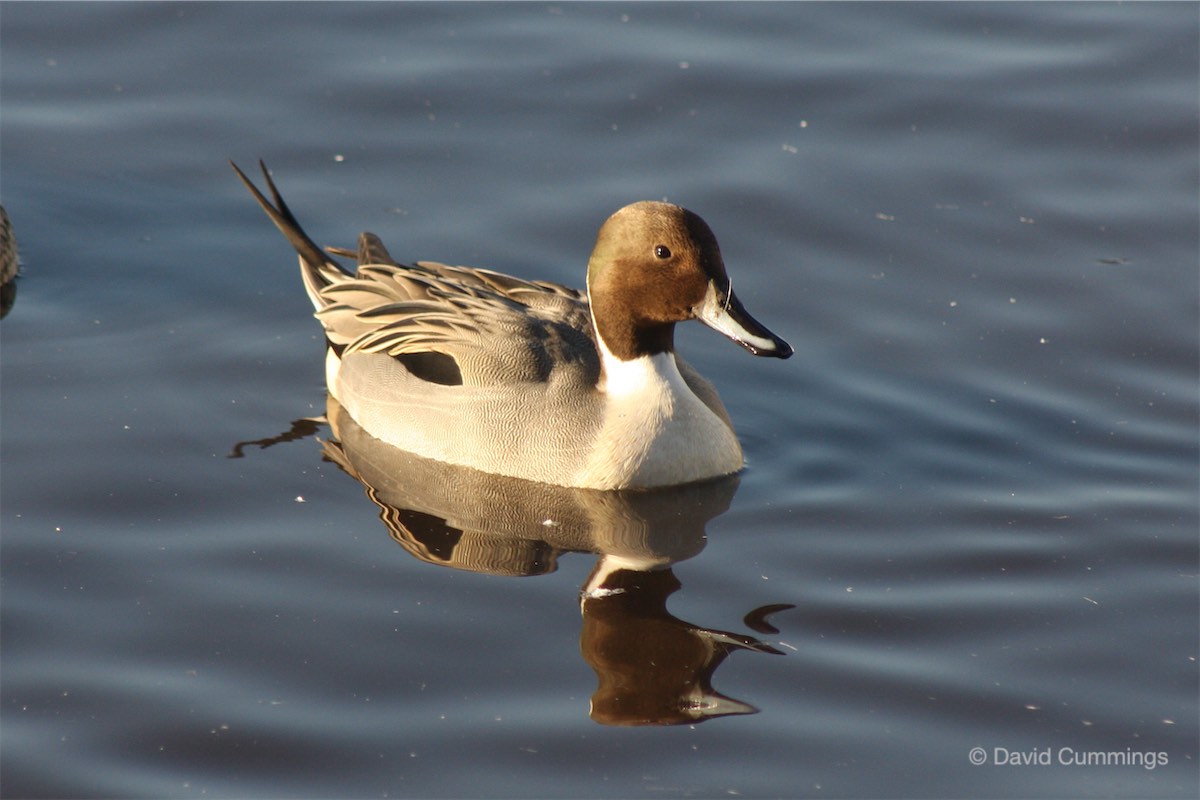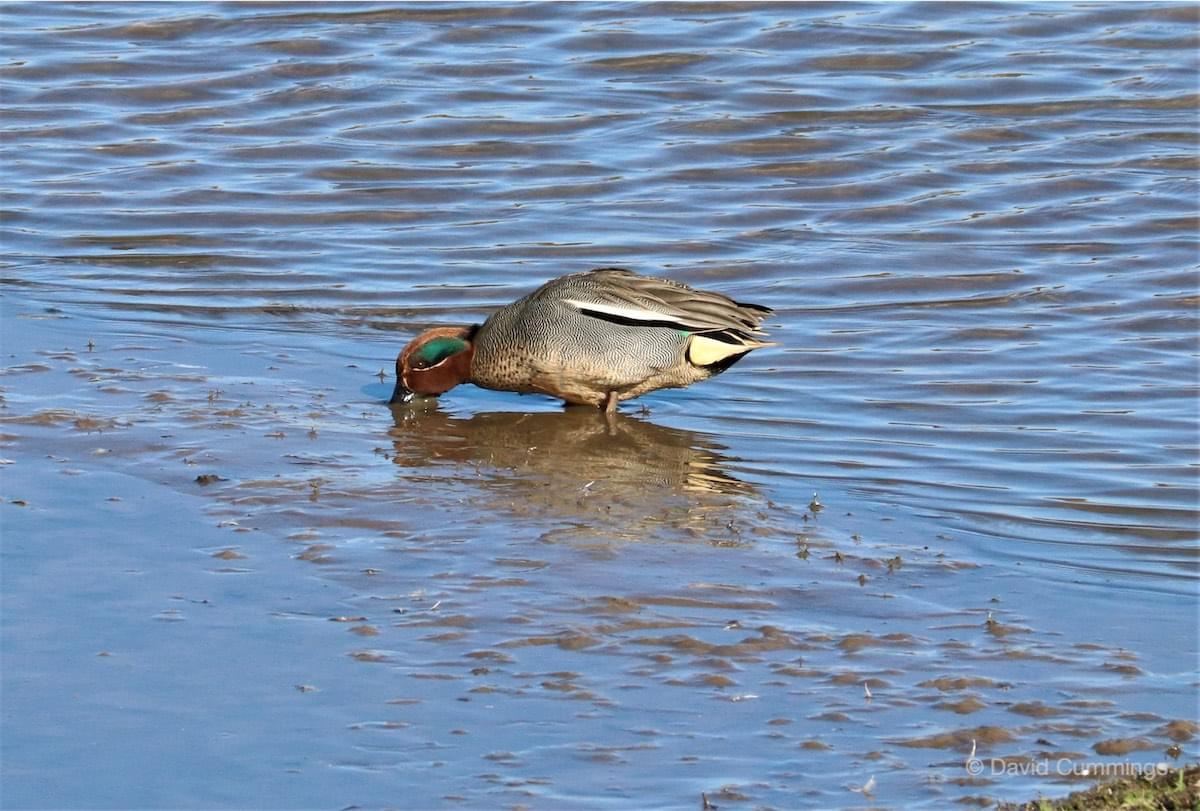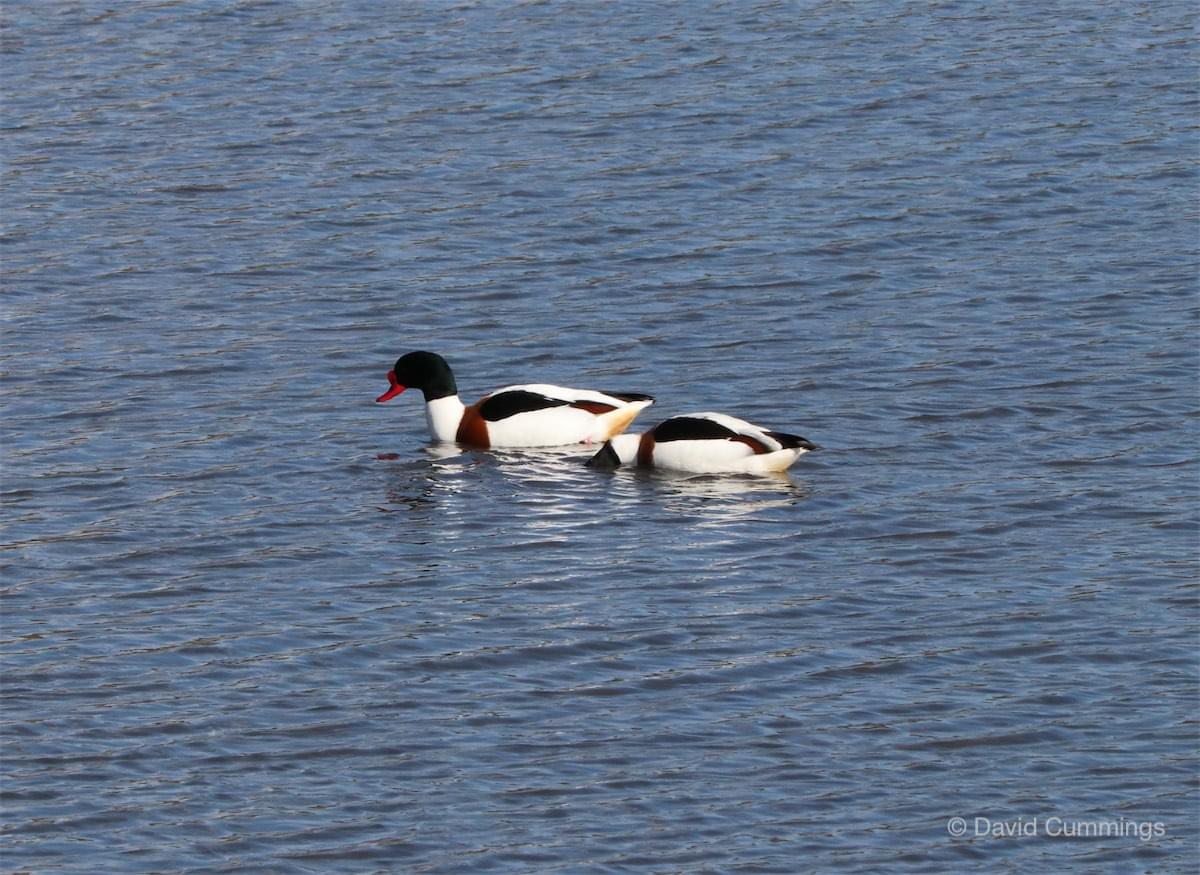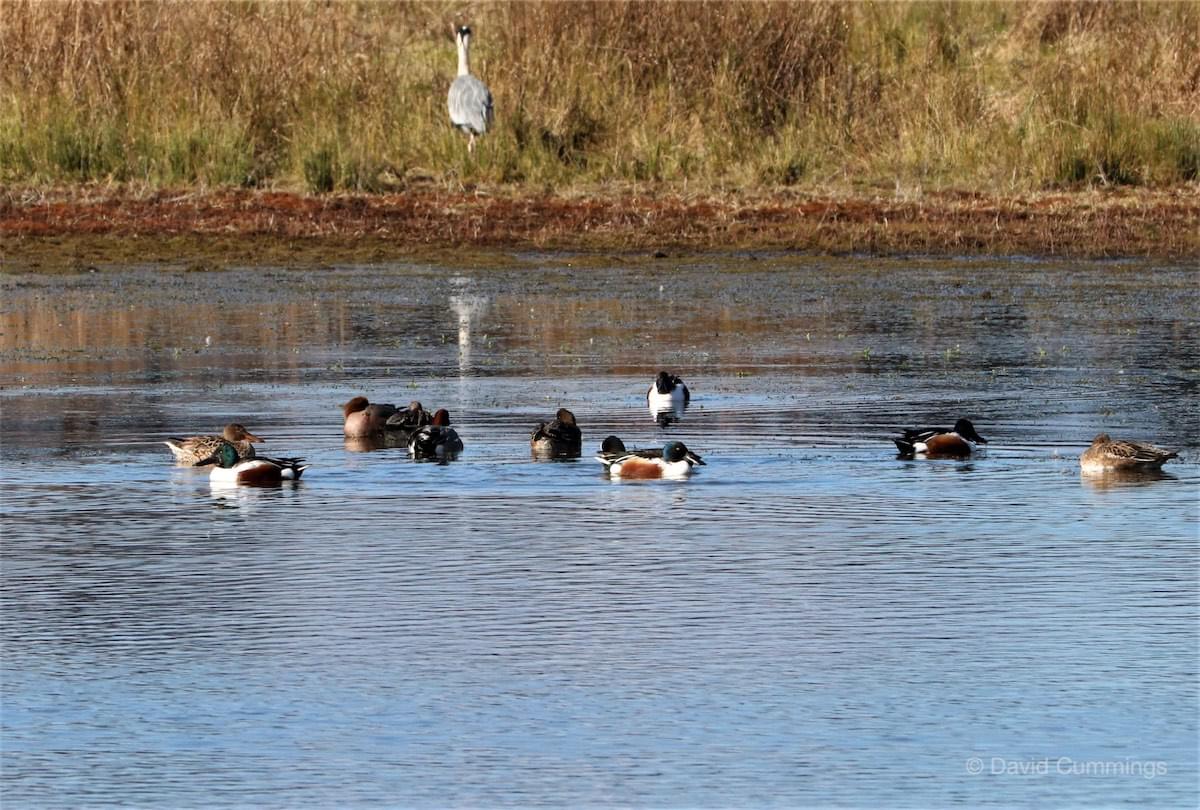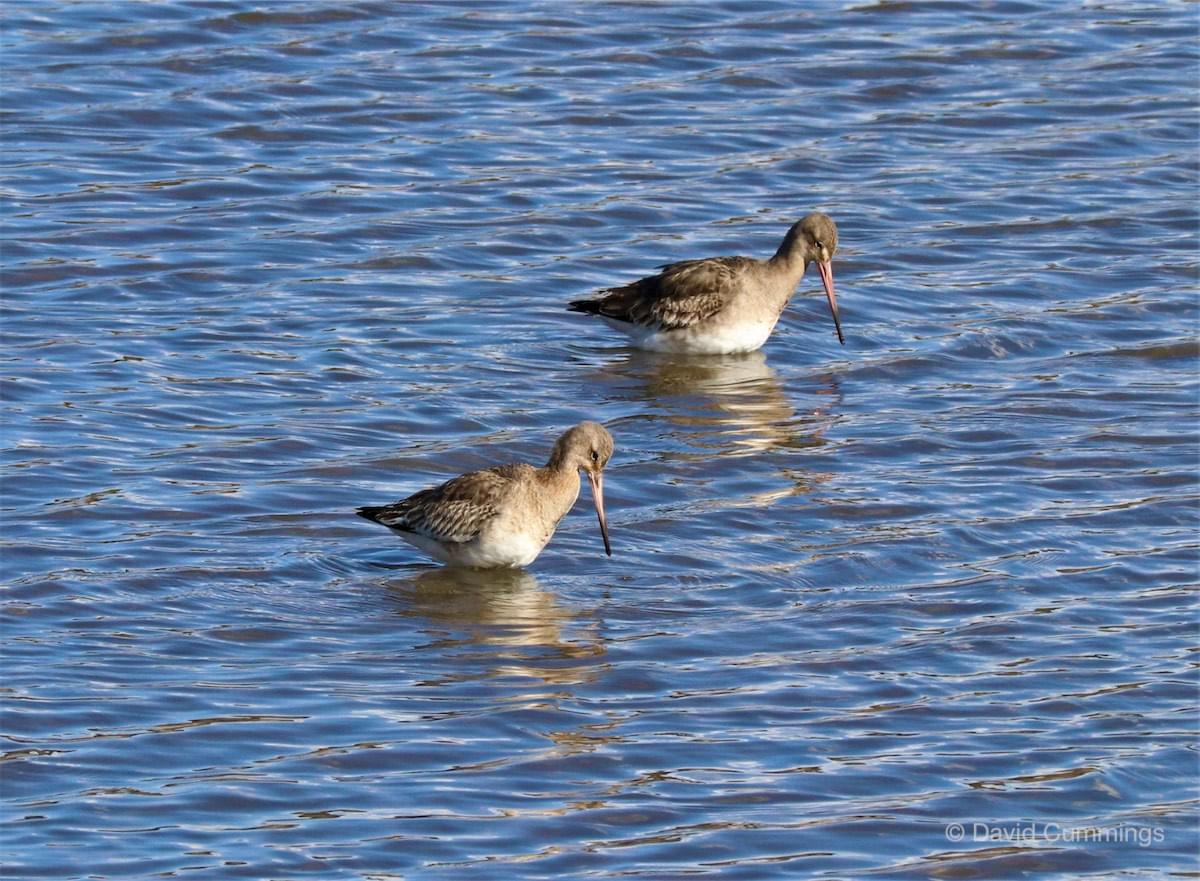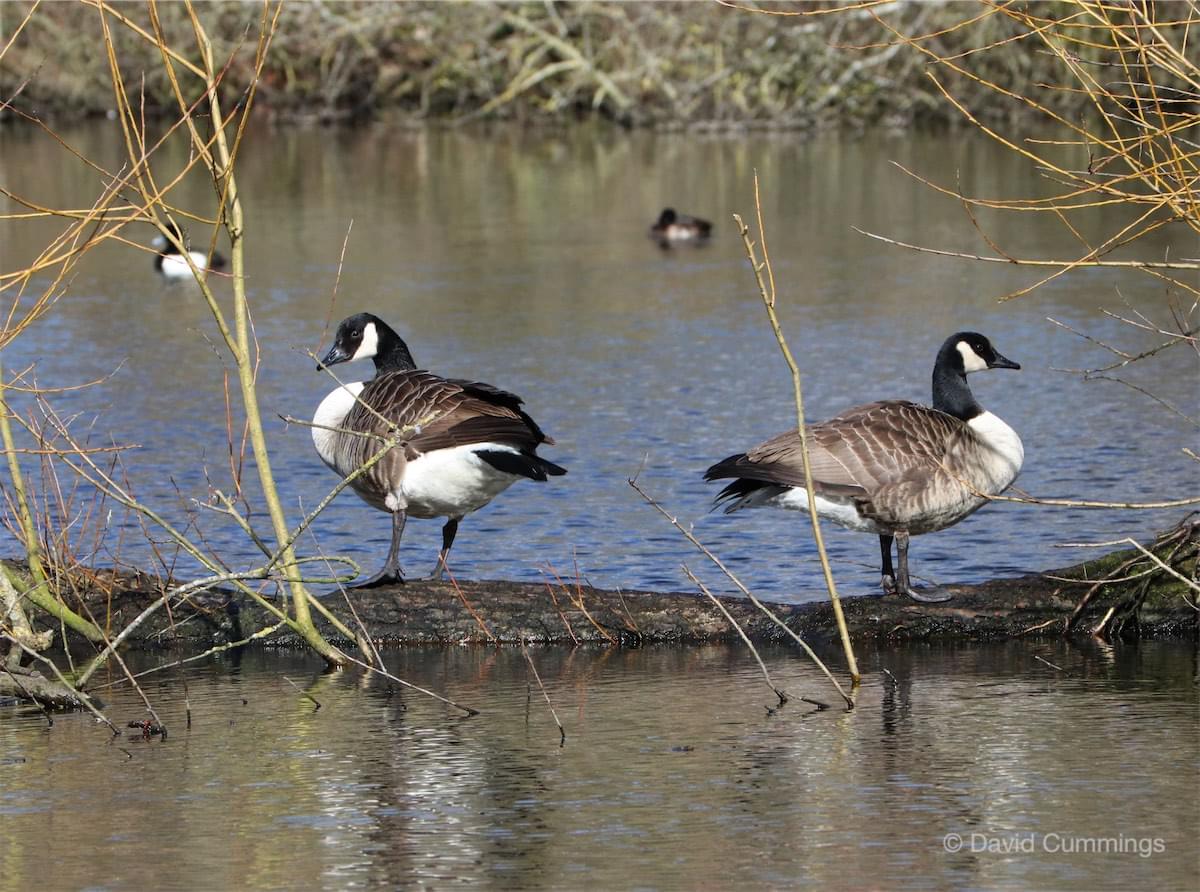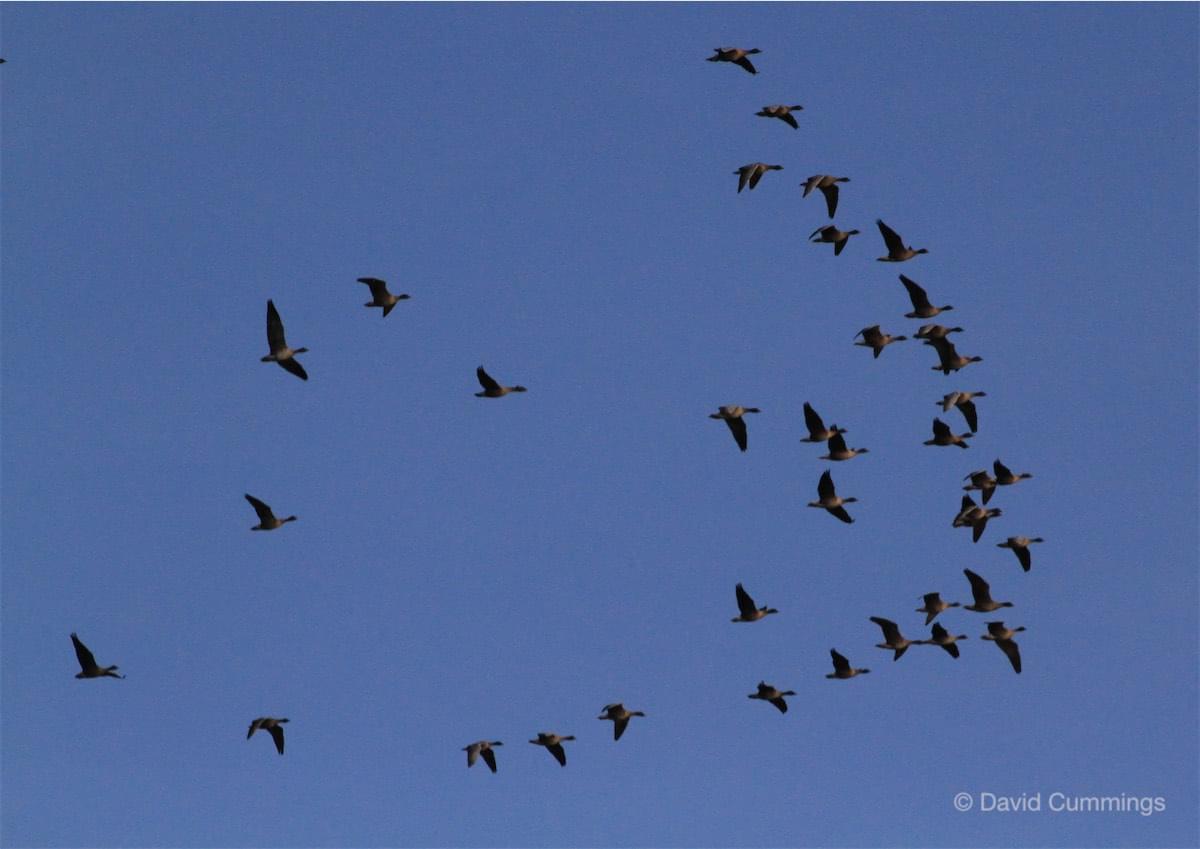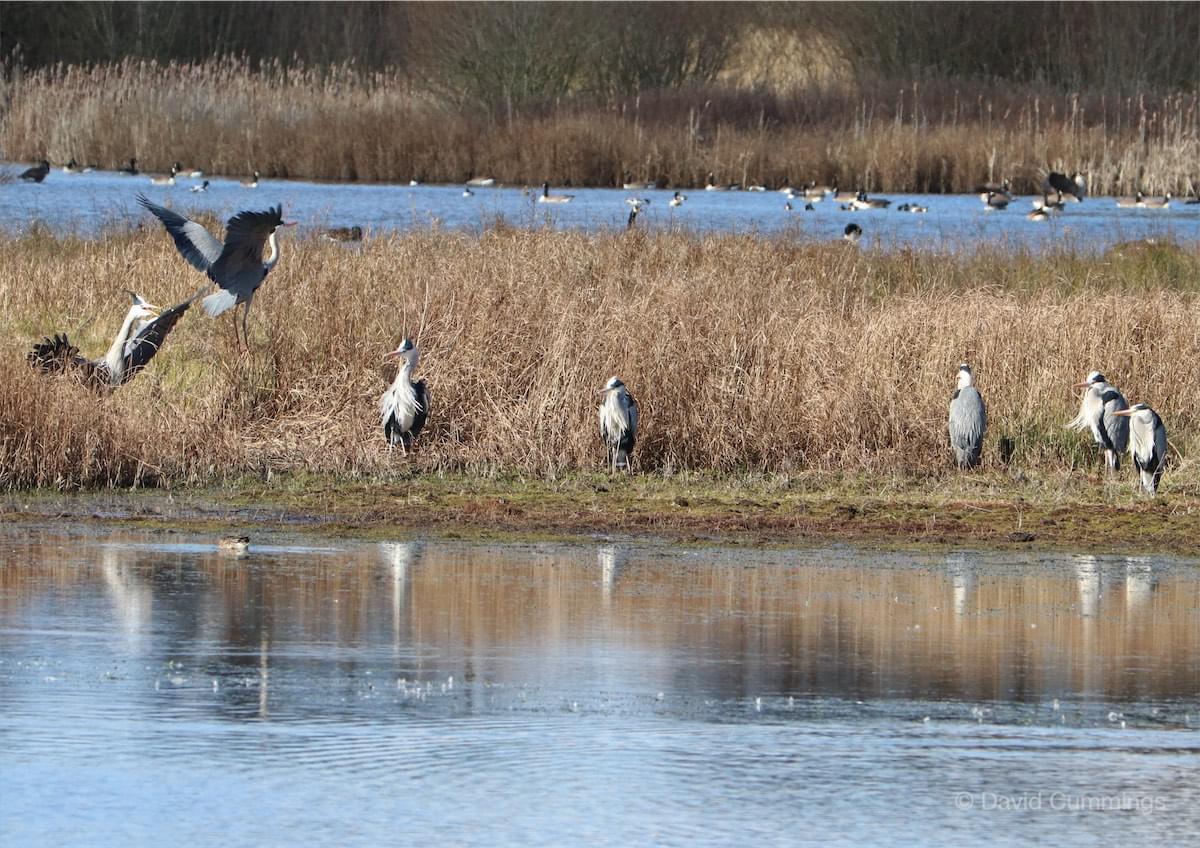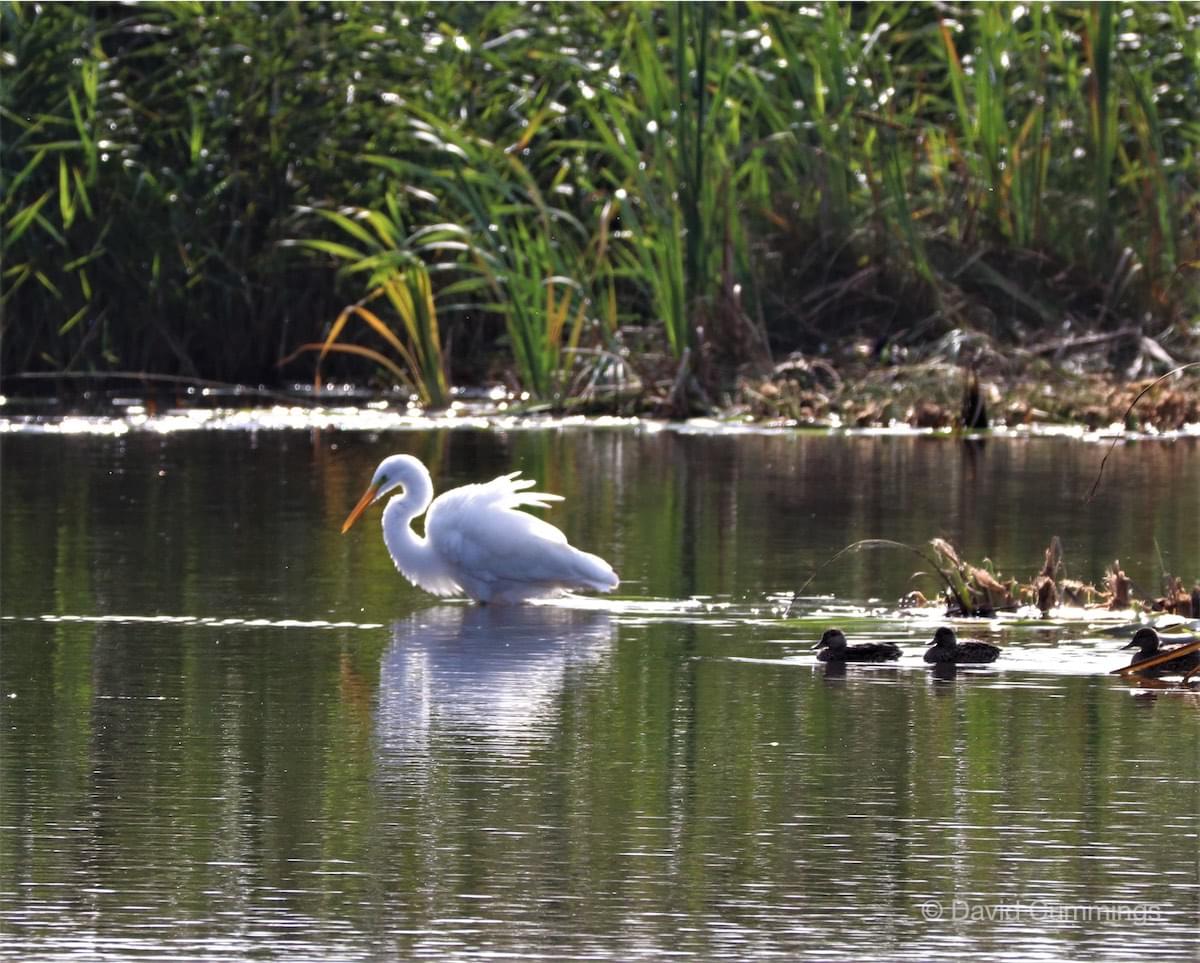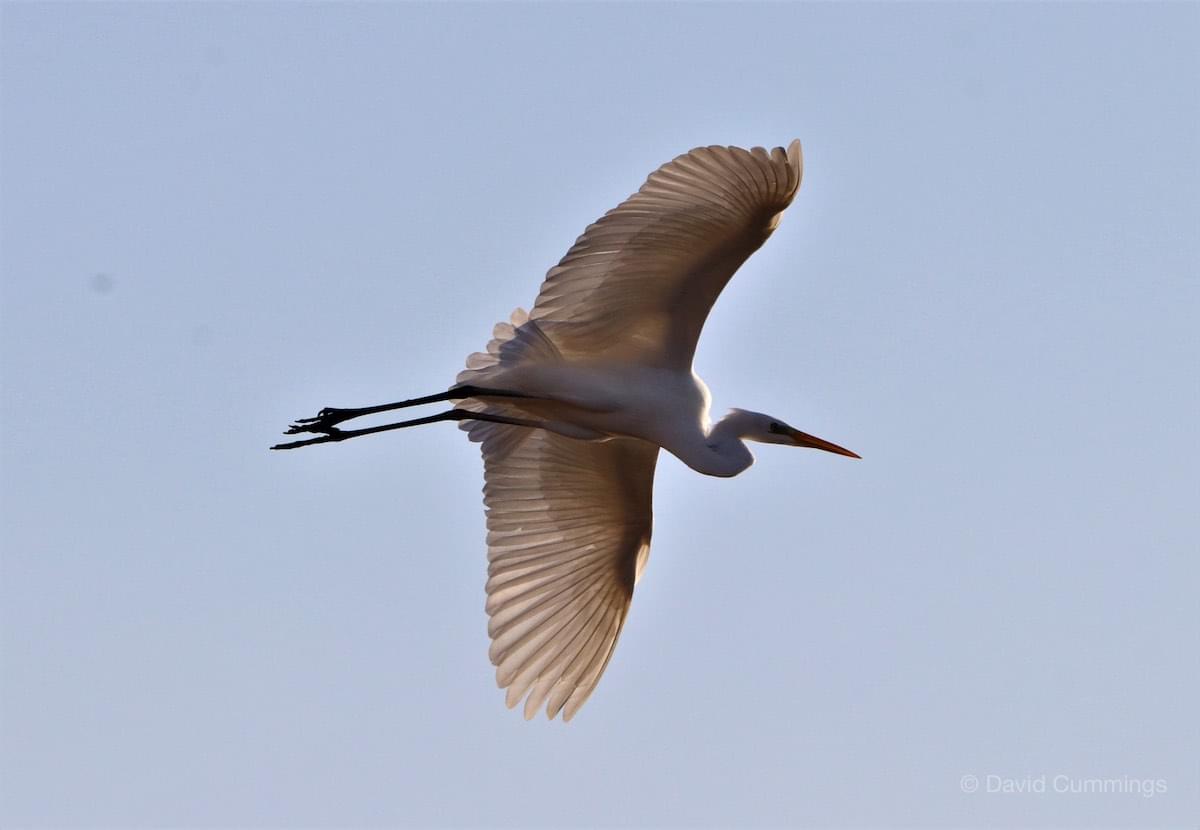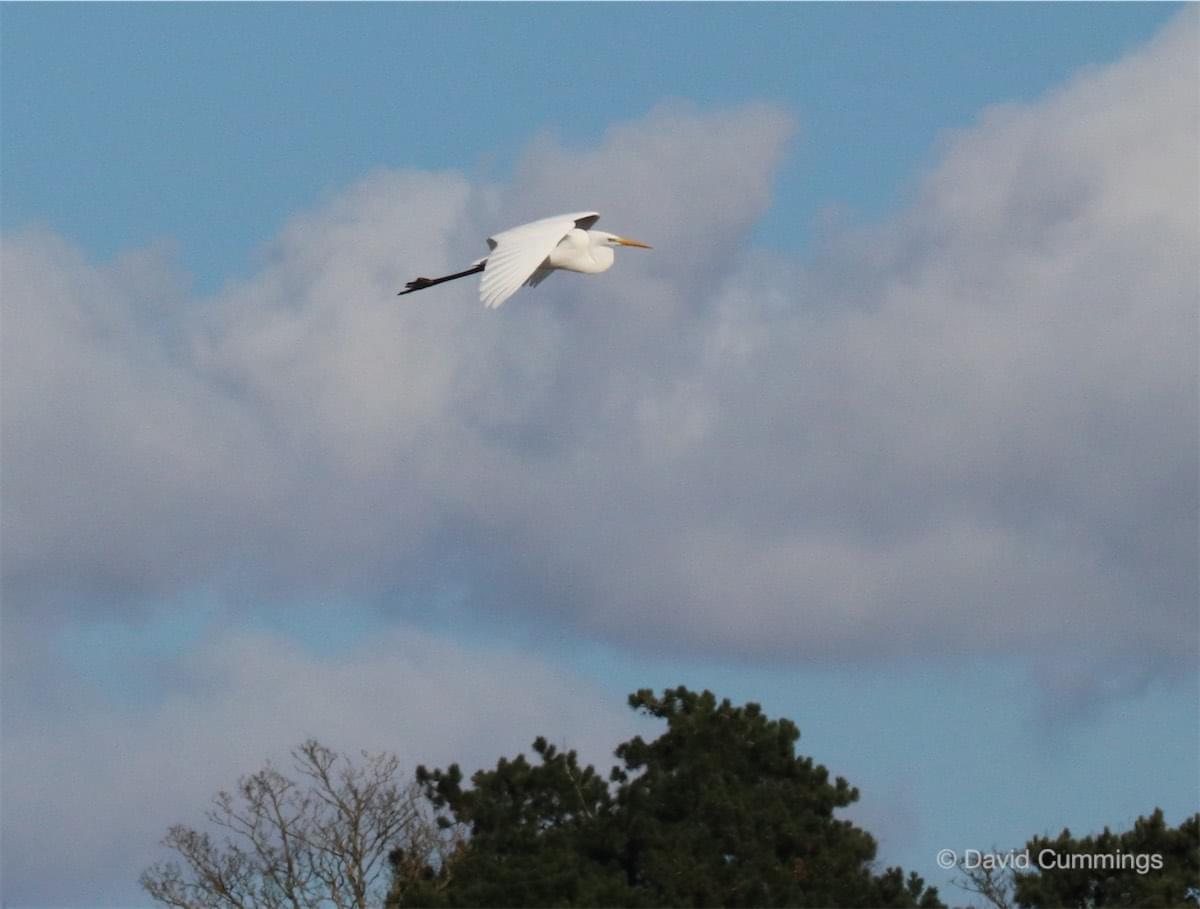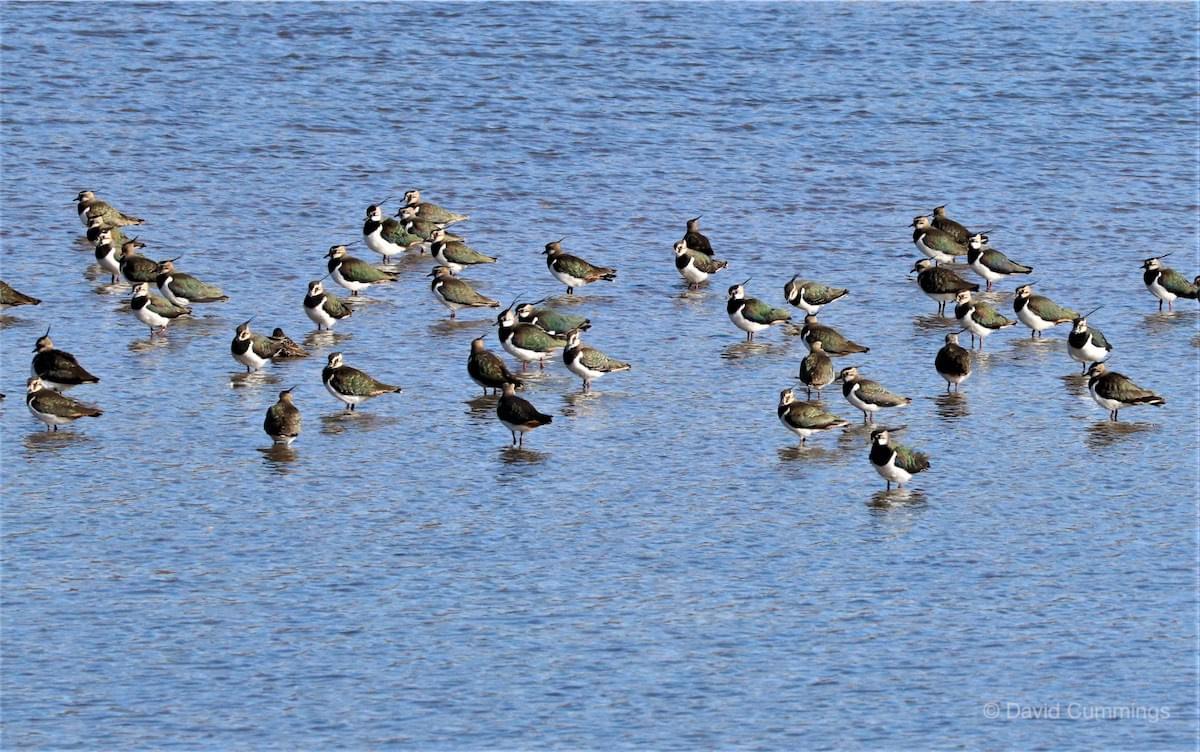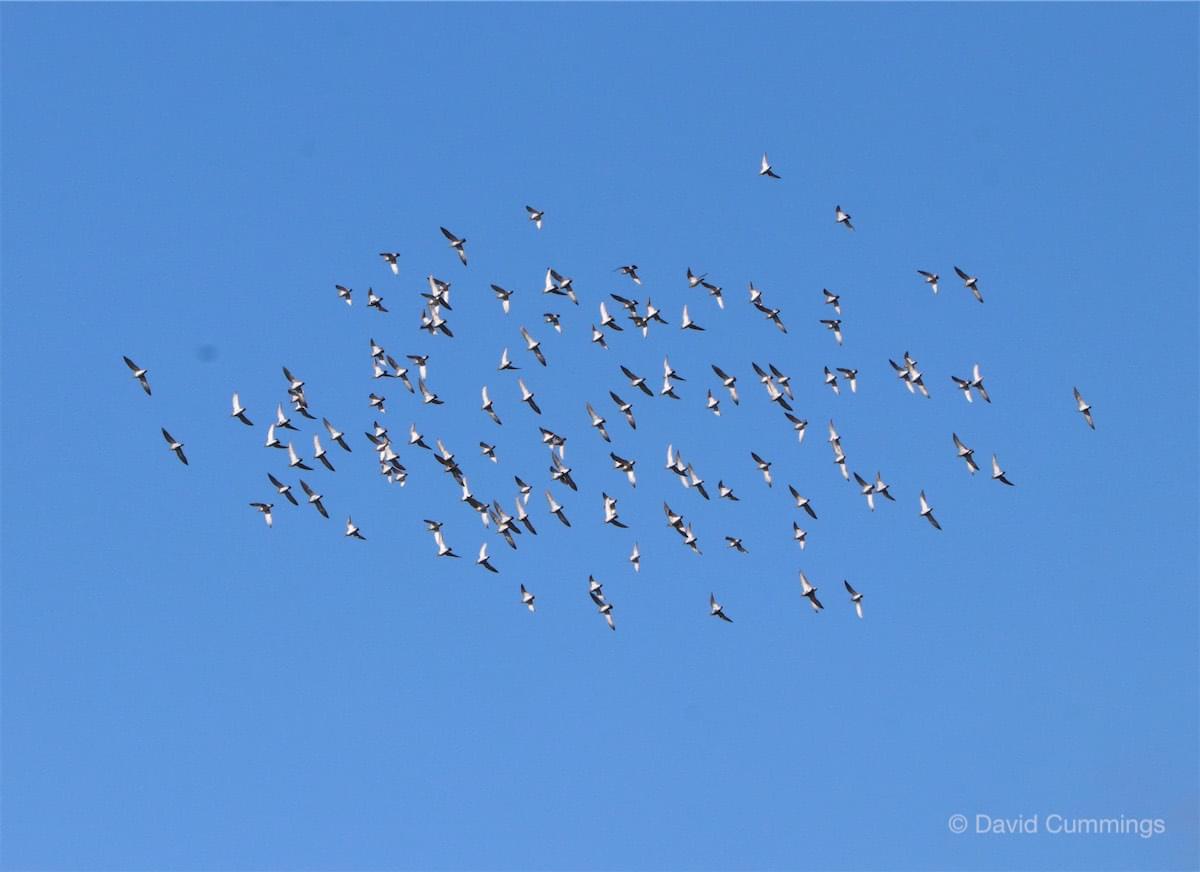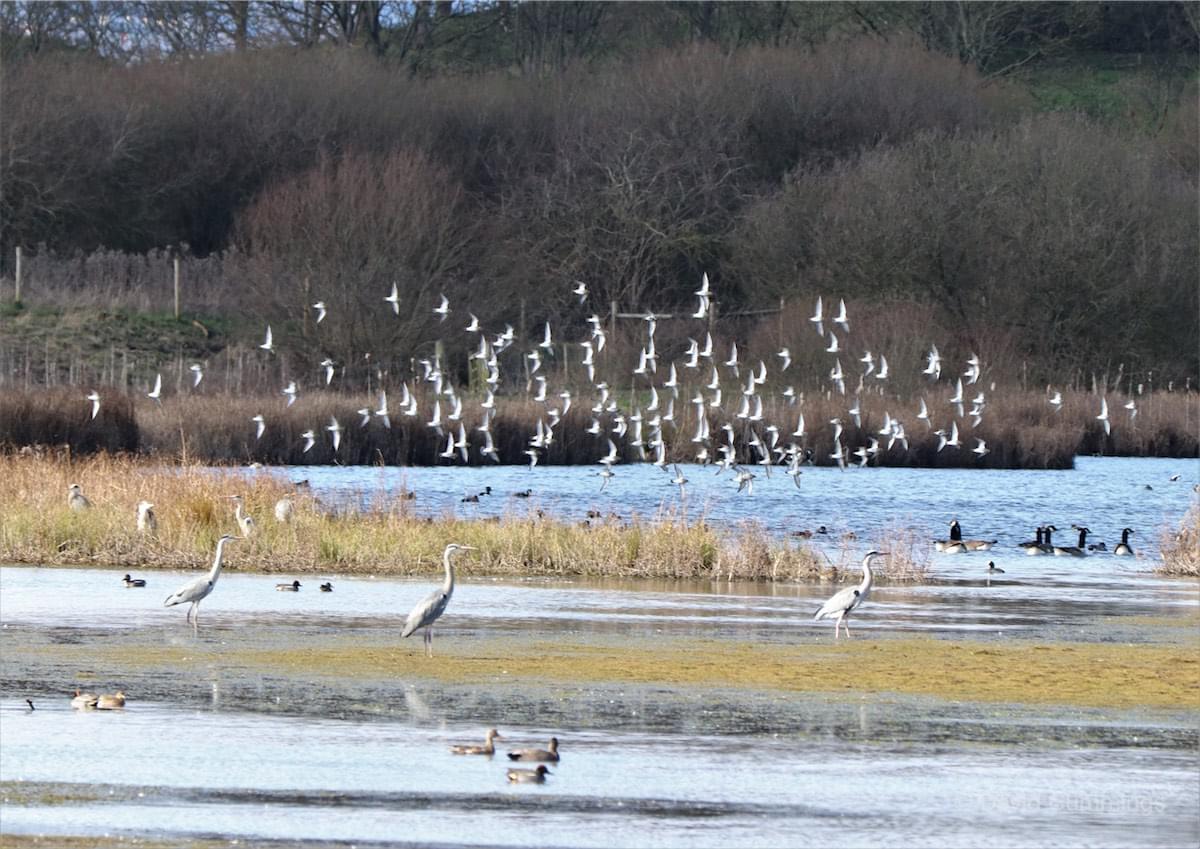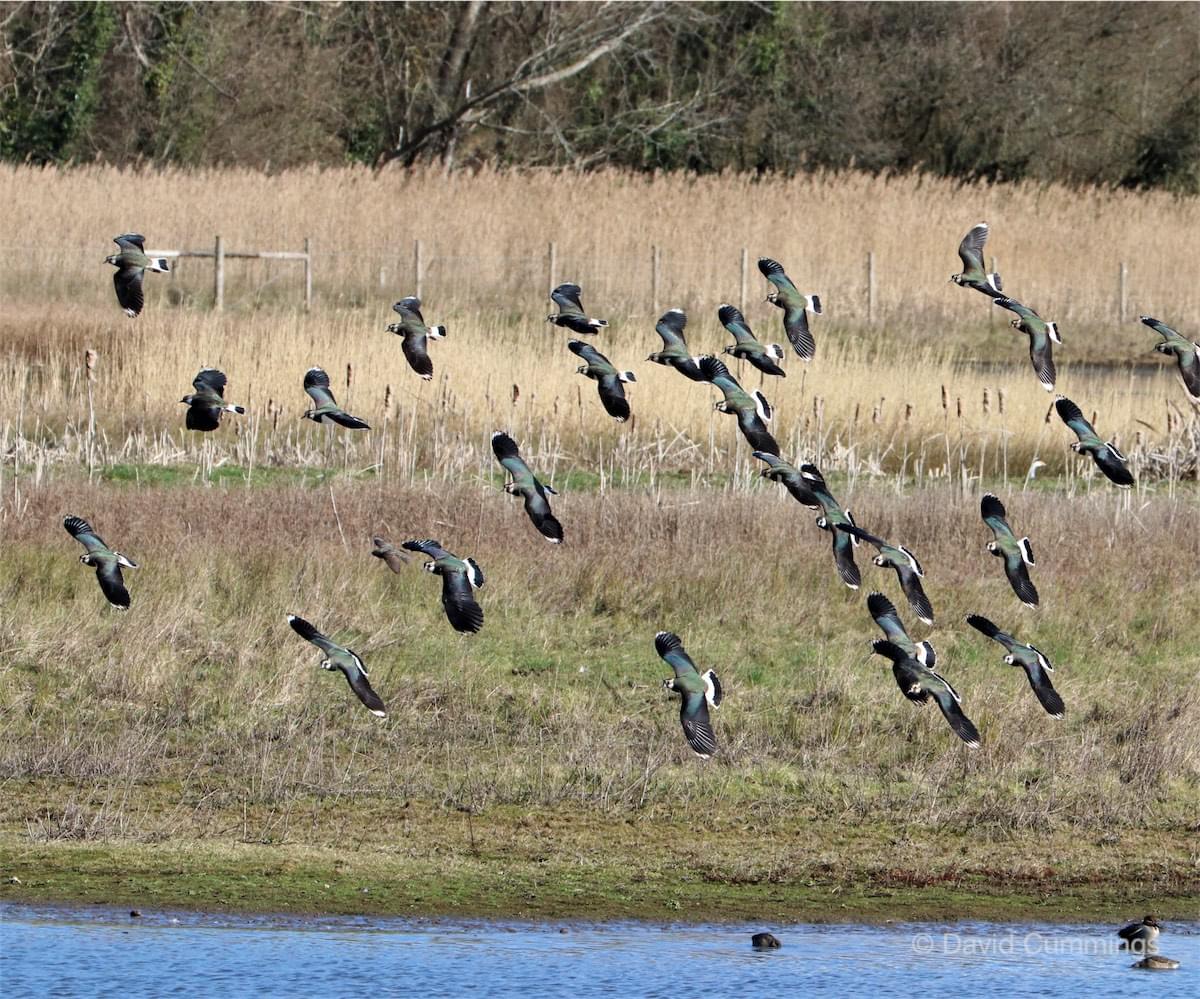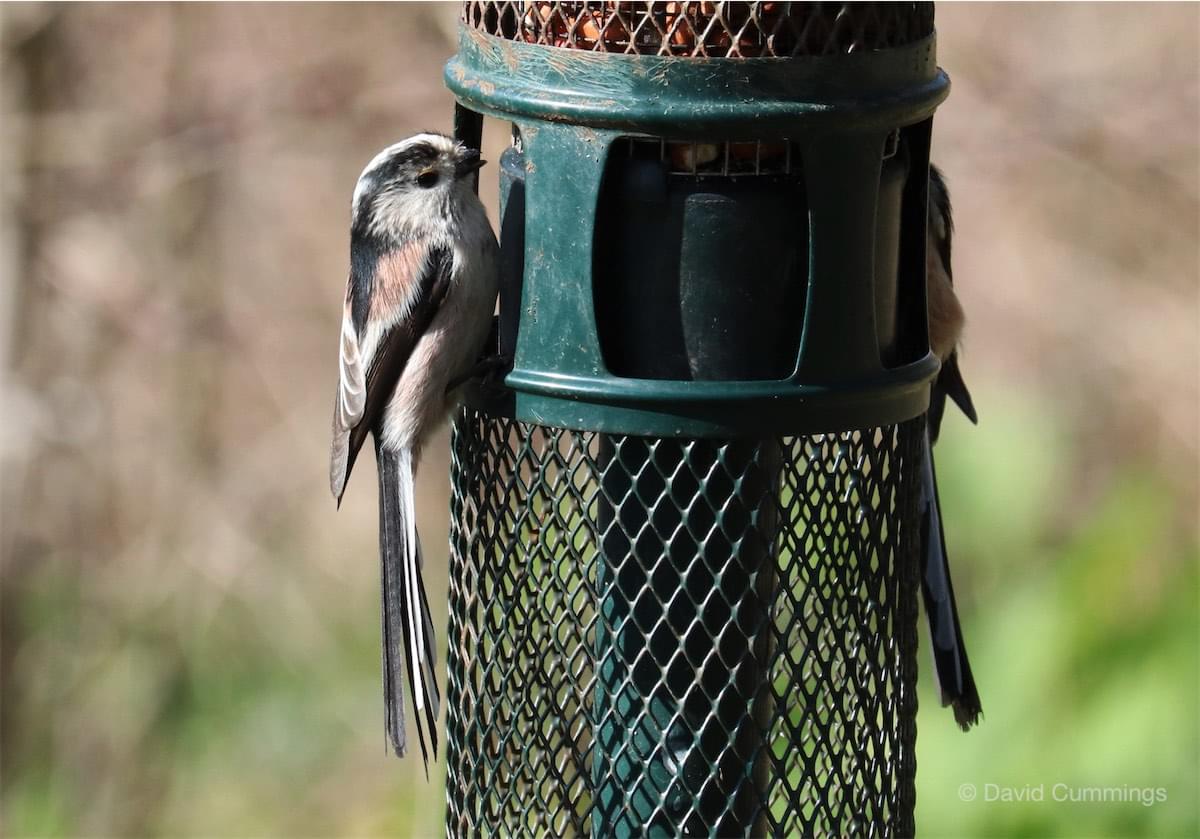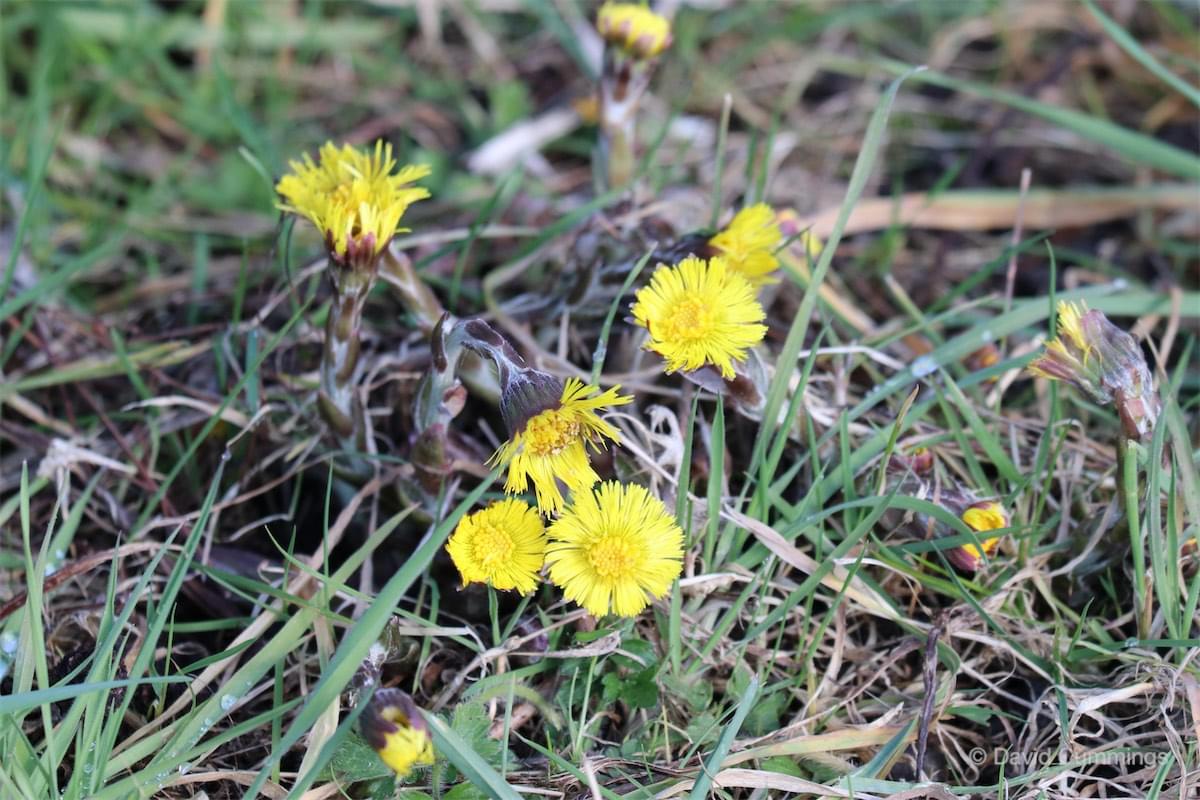
March

BY DAVID CUMMINGS BEM
Wait Patiently
While we wait patiently for the arrival of spring, the first sightings are beginning to emerge with coltsfoot, celandine and dandelion flowers being seen. A second hibernating red admiral has also been spotted, and at Burton Meres reserve yesterday I saw my first chiff chaff, although it’s possible that this bird had over wintered, rather than have flown to Africa and back. There have been plenty of great, blue and long tailed tits in our garden along with lots of house sparrows and starlings. We have buzzards flying over the house daily, but I am still caught out by the mimicking call of a starling, which copies the mewing call of the buzzard perfectly, from the top of a nearby TV ariel.
I haven’t seen skeins of pink feet over Christleton recently, but there are still lots of Icelandic pink feet, and small numbers of barnacle geese and whooper swans on the outer and inner marshes, together with flocks of waders like dunlin and turnstone which have all wintered here. The loudest calls we heard yesterday, however, were from hundreds of Canada geese. There was a cacophony from these large sized geese, as I guess they were attempting to pair off for breeding.
At RSPB Burton Meres several species seem have already arrived for their breeding season, with up to twenty avocet present, and groups of pintail, shoveler, teal, godwit and lapwing all seemed to be in fine breeding plumage. Male dabchicks were also in fine condition and putting on diving displays. We were also treated to the usual and regular displays these days, of several little and great white egrets. They are now common sightings, and are quite magnificent as they fly majestically around the reserve. It was very sad yesterday to see the body of a beautiful little egret lying in the reeds, on one of the many small ponds. I understand from speaking to one of staff , that it had died from avian flu, one of the first birds to be affected at Burton, although the disease is rife across the UK generally, especially in sea birds and gulls.
We also had the more cheery sight of at least twenty grey herons as they stood sentinel on an island. They were surrounded by small groups of wading birds and ducks, and we also had the amazing sight of large flocks of dunlin and lapwing flying over and around them. The pintail ducks feeding near us were particularly attractive, as were a couple of godwits displaying to each other. We also heard the explosive sound of cettis warblers several times on our walk, as we moved along the board walks across the reserve. The glorious morning sun had also brought out lots of visitors. Near the Visitor Centre great, blue and long tailed tits were displaying on the feeders and several people had reported seeing bullfinch, treecreepers, green and great spotted woodpeckers. Our favourite sighting was that of the one hundred plus lapwing that flew over around us as we traversed the reserve. They finally came to rest in front of the new hide near Burton Point. They were in fine breeding plumage, as their bodies glistened and reflected on the lake surface. I’m so delighted that I have now recorded lapwing throughout Cheshire and Wirral in really good numbers over the last five years. They are such delightful birds with real character.

IF YOU LIKE YOU CAN LISTEN TO RYAN READING THE ARTICLE
-

Cettis Warbler
-

Chiff Chaff
-
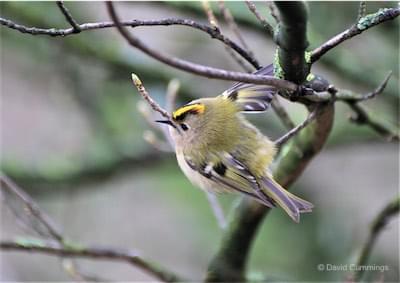
Goldcrest
-
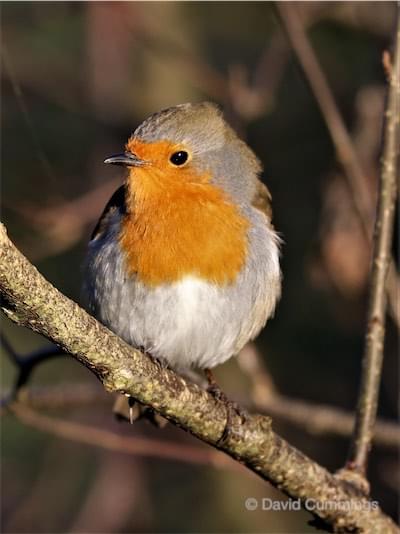
Robin
-
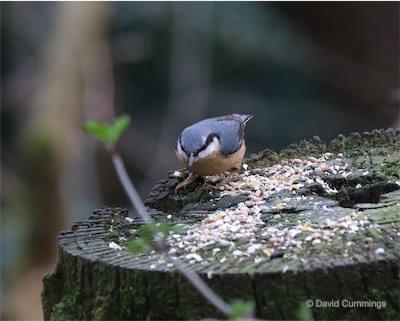
Nuthatch
-
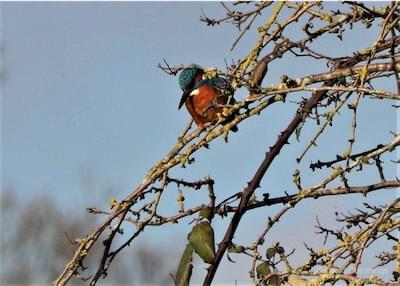
Kingfisher at Croft Close
-

Pintail Duck
-
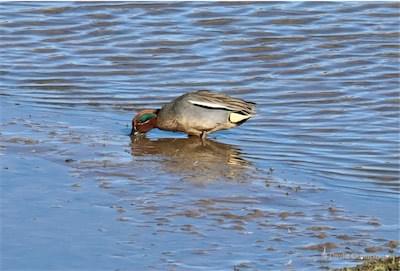
Teal Feeding
-

Shelducks
-

-
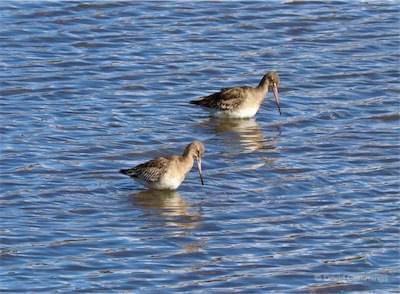
Godwits displaying
-
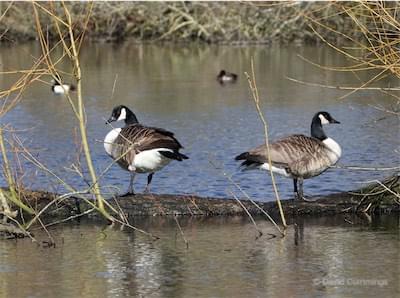
Canada Geese
-

Icelandic Pink Feet
-
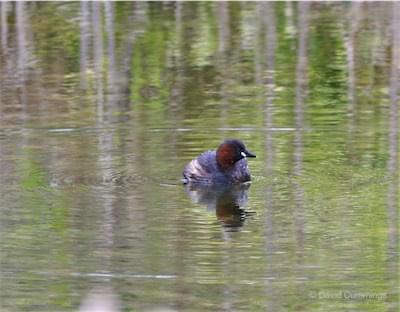
Little Grebe
-
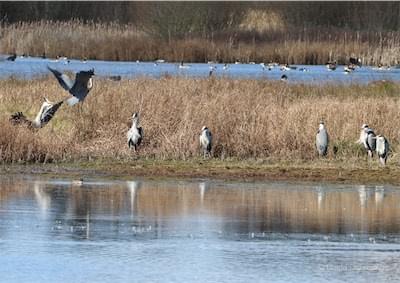
Grey Herons on the March
-
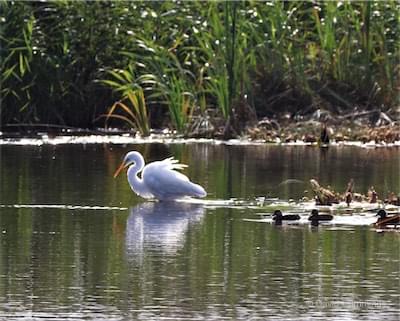
Grey White Egret
-
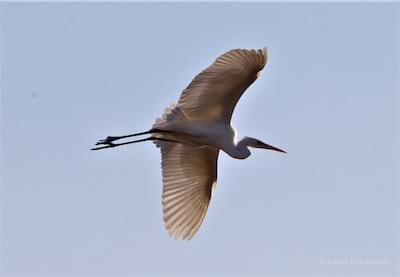
Great White Eghret in flight
-
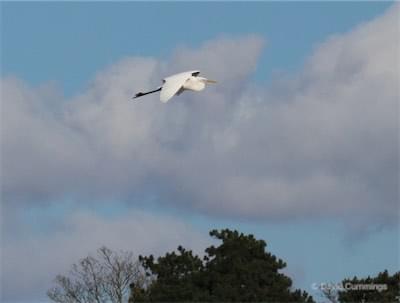
Great White Eaglet plying
-

Lapwing flock
-
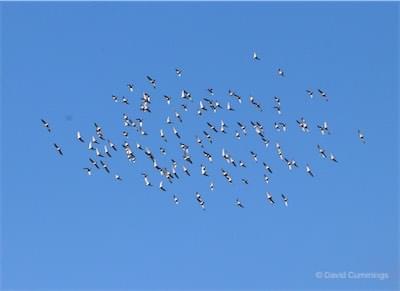
Dunlin in flight
-

Dunlin
-

Lapwing in the air
-
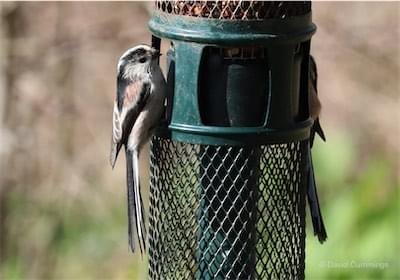
Long Tailed Tit
-

Coltsfoor flowers
